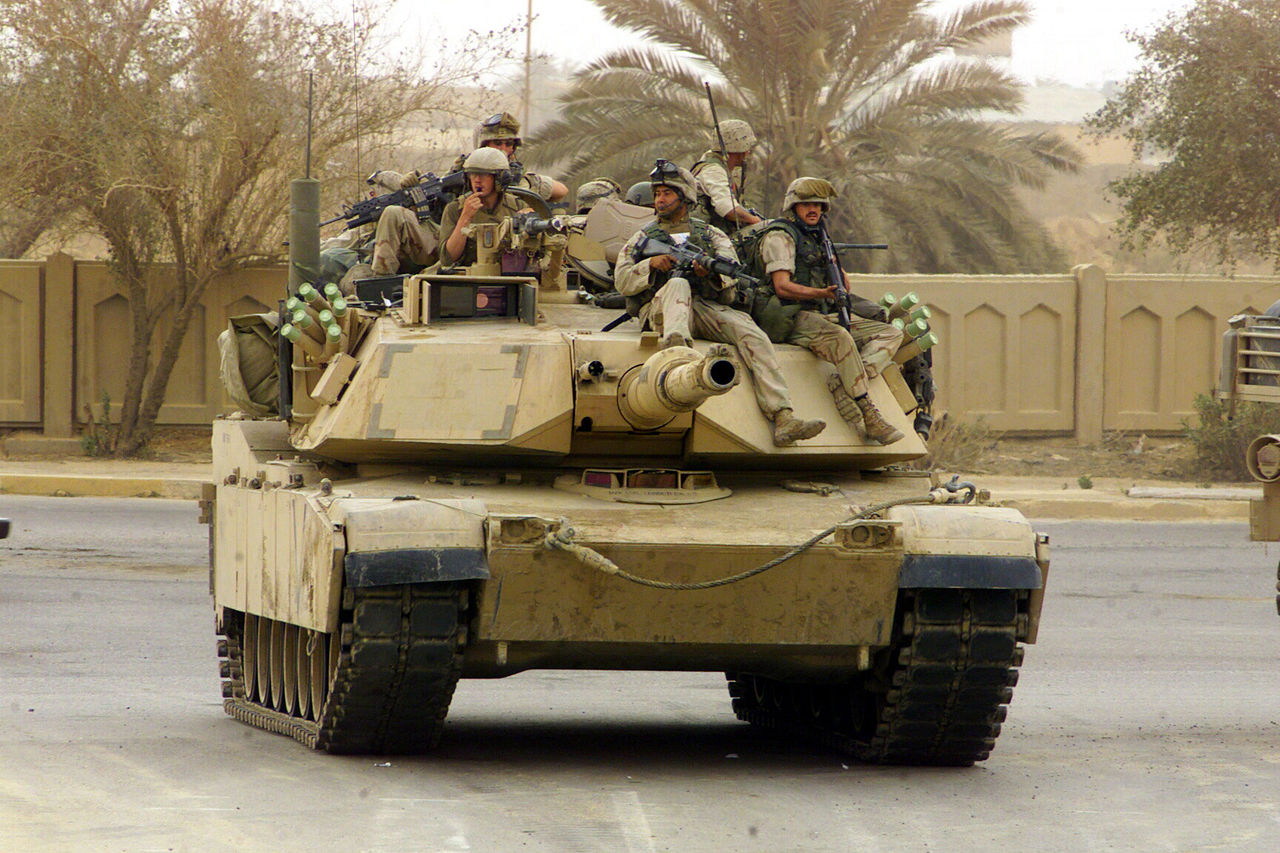As others have noted, there is no "one size fits all" tank.
Countries that emphasize defence (such as Sweden and Israel) emphasize protection over firepower and mobility. Weight is not a huge issue, as they will never be transported out of their respective homelands, so a 70 or 75 ton tank will suit them nicely.
Other countries that foresee a very mobile type war, such as the battle of Kursk, want a tank that can travel over various types of terrain reliably, be transportable, and may have to forego some armour to achieve their aim.
Tanks such as the Armata are the future, with the crew in the hull and a non-crewed turret. One disadvantage is the reliance on cameras and monitors. All electronics in tanks (actually, most military vehicles) have to be built to be proof against EMP. Camera lenses also get dirty, or covered in water, or have an insect on them hitching a ride. While the lenses cannot be glass (otherwise the thermal cameras will not work, thermal cannot see through glass) they can get pitted, damaged by shrapnel, and so on. I honestly think that a four man crew will be required, burnout from looking at monitors with 100% concentration for long periods of time is not possible by one person.
One place that AI could be used is in areas of self defence. A remote cannon used against anti-tank missiles could easily be handled by AI, but other than that, I think there will always have to be a human making decisions. If for no other reason than to have someone to blame when things go sideways.
I also don't think the 120 is dead quite yet. Just as the L7 soldiered on for decades through improvements in metallurgy and projectiles, the 120 can live on through the same type of improvements. But, the 140 has been developed and proven, so tanks that have the 120 can be upgunned with little difficulty.
Electric motors, for sure, with a diesel generator.
